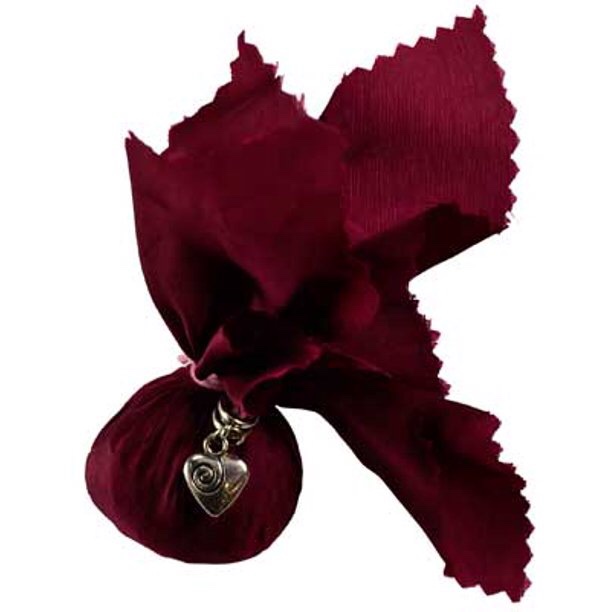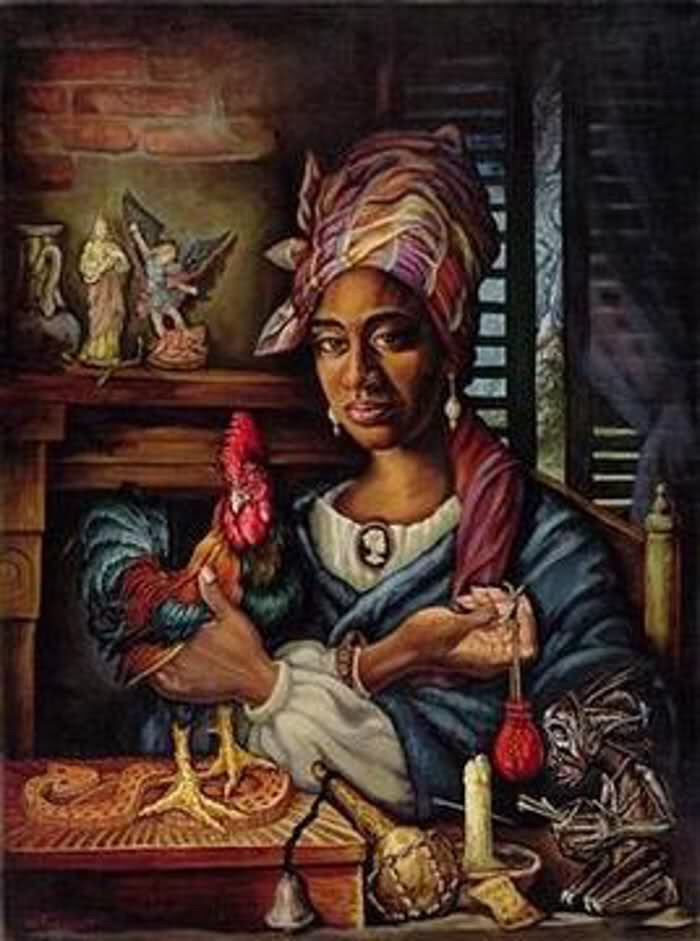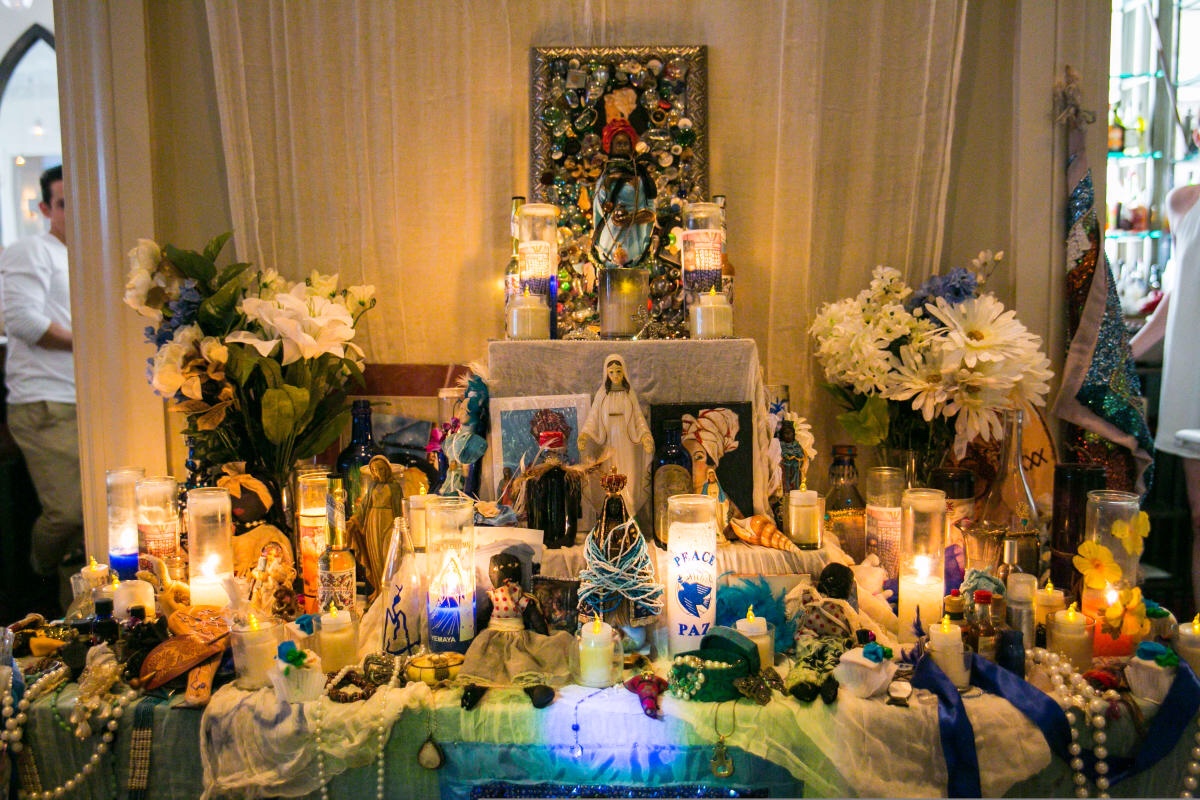When Mawu was dividing the world between her children, Sakpata was given dominion over the earth, at the displeasure of his sister Sogbo. Sakpata came down from heaven with plants, crops, tools, and skills that humans could use for development. Because he had taken so much with him, he did not have space for other necessary elements like water and fire, which were stolen later.
Humans were excited when Sakpata descended from the heavens with these tools of wealth. There was a lot of promise in them, and they hoped they would see their lives improve. Legba, Sakpata’s youngest sibling, told Sogbo, who was given control of the skies, to withhold rain in the sky. Knowing that their mother noticed, Legba went to Mawu and told her water would not be enough for everyone on earth, including the plants. Alarmed, Mawu ordered Legba to tell Sogbo to withhold the rains, which he had already done.
Sakpata soon realized that his crops needed rain, but none came. A drought ensued that caused everything to become dry and brittle. Humans began getting angry with Sakpata. They harassed him and cursed him for lying to them about the prosperity and convenience he had promised. Legba came down and found his brother in a messy state. That was when he told Sakpata he would talk to Mawu on his behalf. He told Sakpata to watch for a messenger, wututu bird, who would say to him what to do when the time came. When the bird returned, it told Sakpata to instruct the others to light a great fire, so the smoke could rise to heaven, signaling their distress.
Because it was so dry, everything caught fire very quickly, and the fire leaped into the sky. When Legba saw, he went to Mawu and told her that the earth was burning and the fire was so high and powerful it might spread to the heavens. Alarmed, Mawu told Legaba to order Sogbo to release the rain. The rain put out the flames and returned fertility to the land. It was decided that although Sogbo controlled the sky, people can call for rain when needed.
What does this story reveal? In this context, it describes the role and power of the spirit of the earth, Sakpata. Sakpata is not the Vodun of Agriculture or fertility, but he is the god of progress and elevating society. When the spirit comes to rule over men, he brings them the tools of trade, crops they can domesticate, and abilities such as woodworking and carpentry skills. These are ways in which this spirit facilitates that mission of progress and growth by equipping humans with the capabilities to prosper, the right tools, and the right environment to do so.
Source: Vodun. Monique Joiner Siedlak












